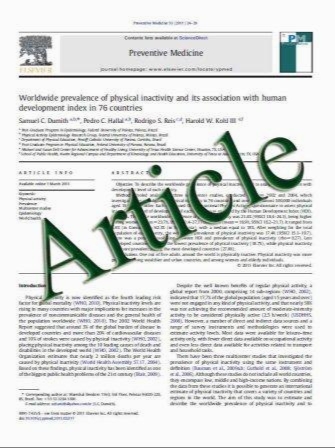Myocardial perfusion imaging using adenosine-induced stress dual-energy computed tomography of the heart: comparison with cardiac magnetic resonance imaging and conventional coronary angiography
- نوع فایل : کتاب
- زبان : انگلیسی
- مؤلف : Sung Min Ko, Jin Woo Choi, Meong Gun Song, Je Kyoun Shin, Hyun Kun Chee, Hyun Woo Chung Dong Hun Kim
- چاپ و سال / کشور: 2010
Description
Objective To evaluate the feasibility and diagnostic accuracy of adenosine-stress dual-energy computed tomography (DECT) for detecting haemodynamically significant stenosis causing reversible myocardial perfusion defect (PD) compared with stress perfusion magnetic resonance imaging (SPMRI) and conventional coronary angiography (CCA). Methods Fifty patients with known coronary artery disease (CAD) detected by dualsource CT (DSCT) were investigated by contrast-enhanced, stress DECT with high- and low-energy x-ray spectra settings during adenosine infusion. A colour-coded iodine map was used for evaluation of myocardial PDs compared with rest DSCT perfusion images. Reversible myocardial PDs according to the stress DECT/ rest DSCT were compared with SPMRI on a segmental basis and CCA on a vascular territorial basis. Results A total of 697 myocardial segments and 123 vascular territories of 41 patients were analysed. Three hundred one segments and 72 vascular territories in 38 patients showed reversible PDs on stress DECT. Stress DECT had 89% sensitivity, 78% specificity and 82% accuracy for detecting segments with reversible PDs seen on SP-MRI (n=28). Compared with CCA (n=41), stress DECT had 89% sensitivity, 76% specificity and 83% accuracy for the detection of vascular territories with reversible myocardial PDs that had haemodynamically relevant CAD. Conclusion Adenosine stress DECT can identify stress-induced myocardial PD in patients with CAD.
Eur Radiol (2011) 21: 26–35 DOI 10.1007/s00330-010-1897-1 Received: 5 February 2010 ,Accepted: 21 June 2010, Published online: 25 July 2010


